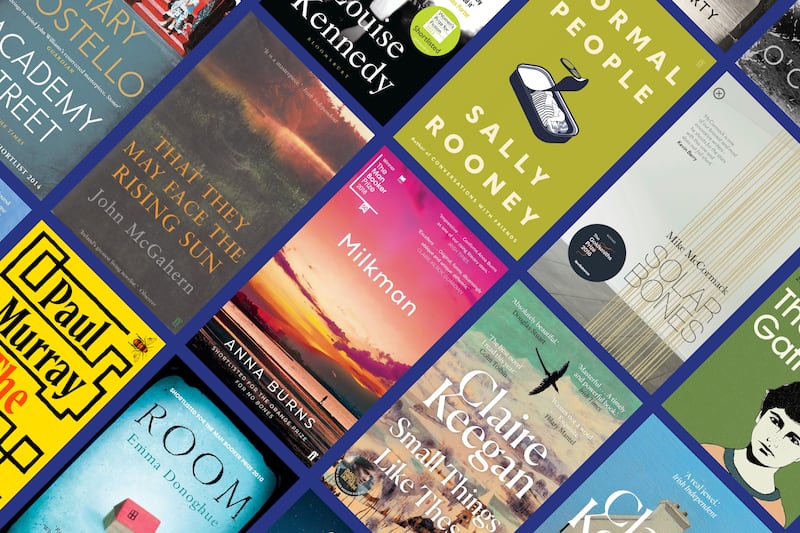
Des Fitzgerald’s The City of Today is a Dying Thing begins with the premise: “What if we weren’t importing just the urban and environmental aspects of the nineteenth century, but also the social and political structures that those aesthetics were explicitly designed to convey?” It’s a pertinent question, especially in an era when we are desperately scrambling for anything that looks like a solution to the growing impact of the climate crisis.
Why have we been so reluctant to interrogate the modern, capitalistic conception of the “green city” more closely? Why have we allowed the question of who these “green cities” are made for pass us by so easily? As Fitzgerald points out, these lofty ideas of an urban return to nature are not new. For better or worse, they have their roots in the early reform projects of Benthamite utilitarianism and the occasionally noble – if often paternalistic – notion that city design should encompass individual improvement, promote better health, solve the troublesome problem of proximity to other human beings and give us something to look at while our labour is being exploited. To keep, as Fitzgerald puts it, “booming industrial capitalism on the road, despite the enormous and highly visible violence and injustice it produces, and to do so without creating the conditions for revolution”.
Indeed, as noble as some of these ideas may at first seem to be, in practical terms only the wealthiest among us end up having access to green space. Fitzgerald makes this point, at first touching on Manifest Destiny in mid-19th century America, when western expansionism across the continent came – often through violent displacement – at the expense of Native Americans. He reminds us that at a time when the “preservation” of national parks such as Yosemite became a cause célèbre for prominent figures such as Abraham Lincoln and Frederick Law Olmsted, indigenous people had to fight for their right to work and live on the very same land they had maintained for centuries.
If there is a limitation to Fitzgerald’s thinking, it is only in his reluctance to take almost any city improvement project at face value
Today, the elitism at the heart of this nobility is no less pervasive, with the ongoing development of smart, green super-cities such as NEOM in Saudi Arabia coming at the expense of nomadic tribes who have been forcibly removed from the land to make way for those who can actually afford to live there. Closer to home, it has taken shape in touted projects such as Thomas Heatherwick’s “garden bridge” in London; an ambitious “floating paradise” that apparently ran aground when, as Fitzgerald puts it: “[It was] a privately owned, gated space, to be hired out for corporate events, among other activities.”
If there is a limitation to Fitzgerald’s thinking, it is only in his reluctance to take almost any city improvement project at face value. While it’s true that capitalism co-opts and cynically reconfigures the idea of “green living” to suit the agenda of increasingly smaller elites, it can’t be ignored that the desire to make these same cities more comfortable and sustainable often emerges at grassroots.
From the 17th-century Diggers movement through the socialist utopianism of William Morris, the green anarchism of Murray Bookchin, indigenous land rights, the Occupy protests, reclamation of derelict buildings and developments by squatters around the world – these too call for greater restraint in rampant urbanisation; yearning for better conditions even as they fail to follow through on their promise. They acknowledge the human need for space, play, fresh air and proximity to nature, and do so without any of the exclusionary zeal that characterises so much of the capitalist drive for “change”.
There is also the genuine problem that the maximisation of city sprawl poses for smaller towns and settlements. In Ireland, for example, many of what were once thriving industrial hubs in their own right – Dundalk, Newry, Enniskillen, Mullingar – have been drained of their young populations who have moved to larger cities such as Belfast and Dublin in search of opportunity. As a result, many of these places now face a future of exponential decline, as “brain drain” entices their best and brightest away from improving their hometown’s lot and contributing further to ageing and dereliction in the rest of the country.
That said, Fitzgerald’s plea for the city construct to remain messy, uneven, distinct, and democratic is satisfyingly compelling and not without precedent. In 2001, Dutch architect Rem Koolhaas wrote an essay for Harvard Design School, in which he decried the fact that the modern city had become a mere playground for individuals wanting to force their aesthetic and moral ambitions on the general public: “Masterpiece,” he said, “has become a definitive sanction, a semantic space that saves the object from criticism, leaves its qualities unproven, its performance untested, its motives unquestioned.” It’s just such questioning that Fitzgerald executes so convincingly in The City of Today is a Dying Thing; in a style that is funny, well-researched, personable, and unlike city planning elites both past and present – dare I say it – accessible.















